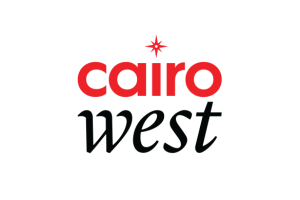With environmental impact and ethical issues throwing industrial livestock production under the global spotlight, scientists have been rushing to come up with an acceptable, sustainable alternative.
After a procession of vegan and vegetarian ‘meat substitutes’, few of which have met with resounding success or widespread acceptance, there is something new in the works.
Cultured meat, also known as lab-grown meat, is something that is still currently a “work in progress” project that aims to replace the consumption of real meat in the coming years.
In about one generation’s time frame, our planet Earth is estimated to be home to 10 billion people. This will drastically increase society’s meat consumption and the world will need to build a more sustainable way of catering to that increase in the demand for meat.

Therefore, scientists have started conjuring up ways for sustainable eating in the future, including cultured meat. This type of meat is not the plant-based alternative that people consume nowadays. It is derived from animal cells that undergo processing in a laboratory.
This process involves what is known as a cell line, which is “cultured”, a way of allowing the cells to multiply. Cells are then put through a harvesting process when the cells have reached a point where they are in optimal condition.
Once harvested, the cells from the meat can be morphed into any form in order to create the look of a steak, sausage or any meat cut. The introduction of 3D printing at this stage can even be used to replicate the look of red meat with the strains of fat running through it.
The product itself has been tested live on TV, and taste tests were positive as people that tried cultured meat burgers found them to have an authentic taste. Above all, every vegetarian’s dream will come true as cultured meat does not require the slaughter of any animals for human consumption.
However, the one component that still makes it a “work in progress” is how its texture is not like real meat, as real meat is full of fat, tissue and bone, which give it recognizable qualities. This has not been incorporated into cultured meat yet.
Several entrepreneurs and scientists are working hand in hand to address this particular issue as they want to build a sustainable future for ‘almost the real thing’ cultured meat.
Now scientists have also started working on diversifying the products to include chicken and fish. Who knows? Maybe we will find ourselves eating cultured meat sooner rather than later. Only time will tell.





